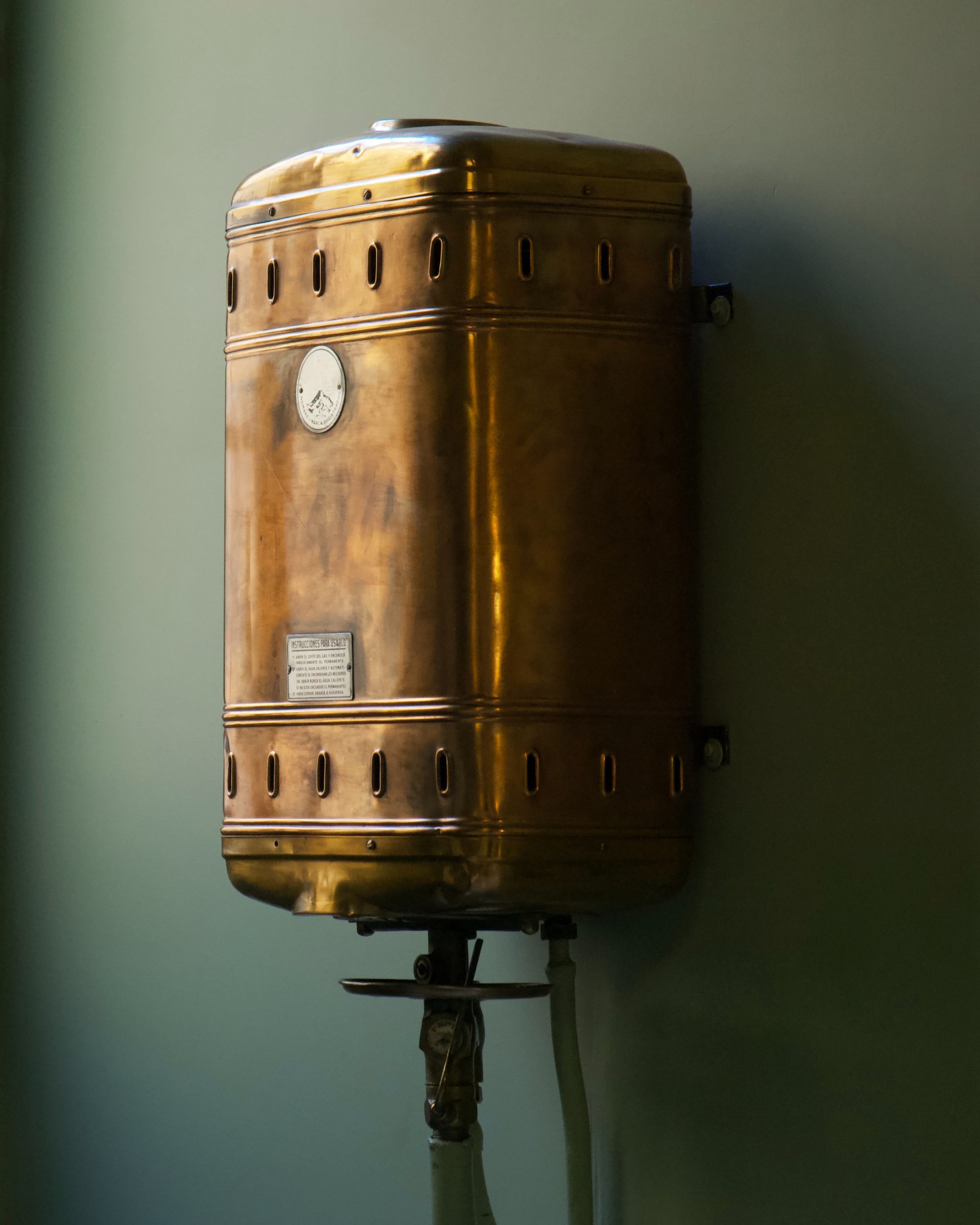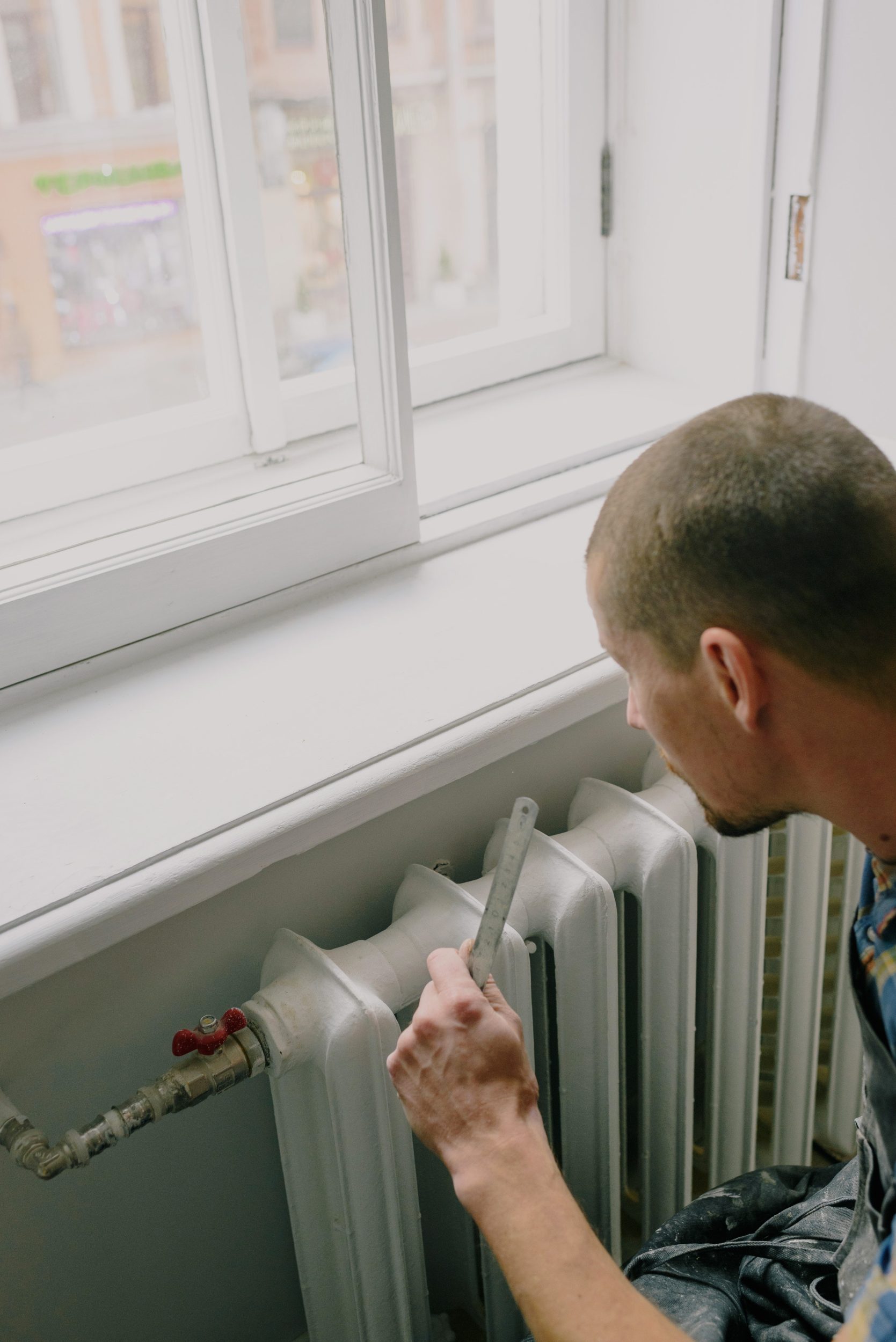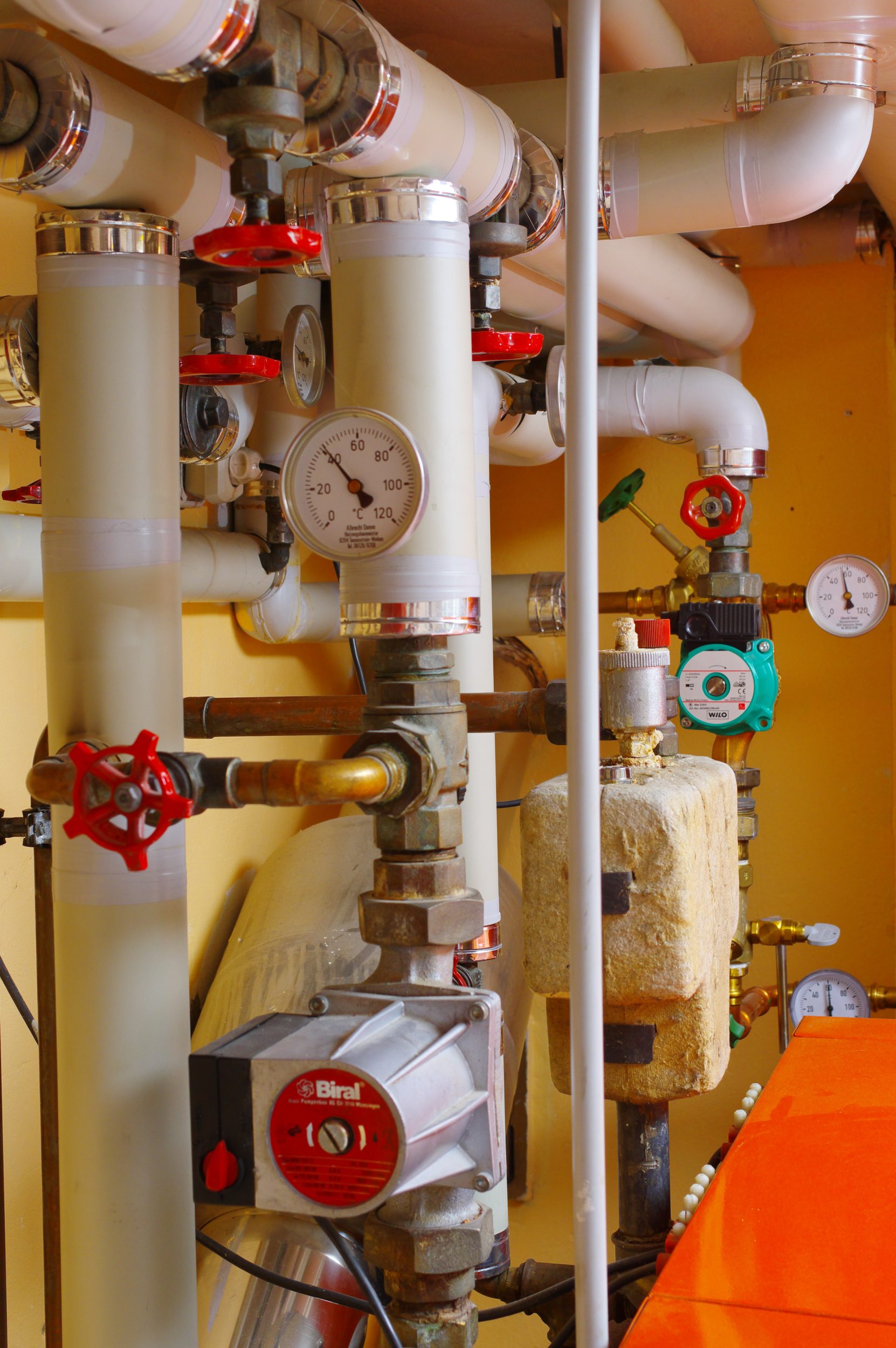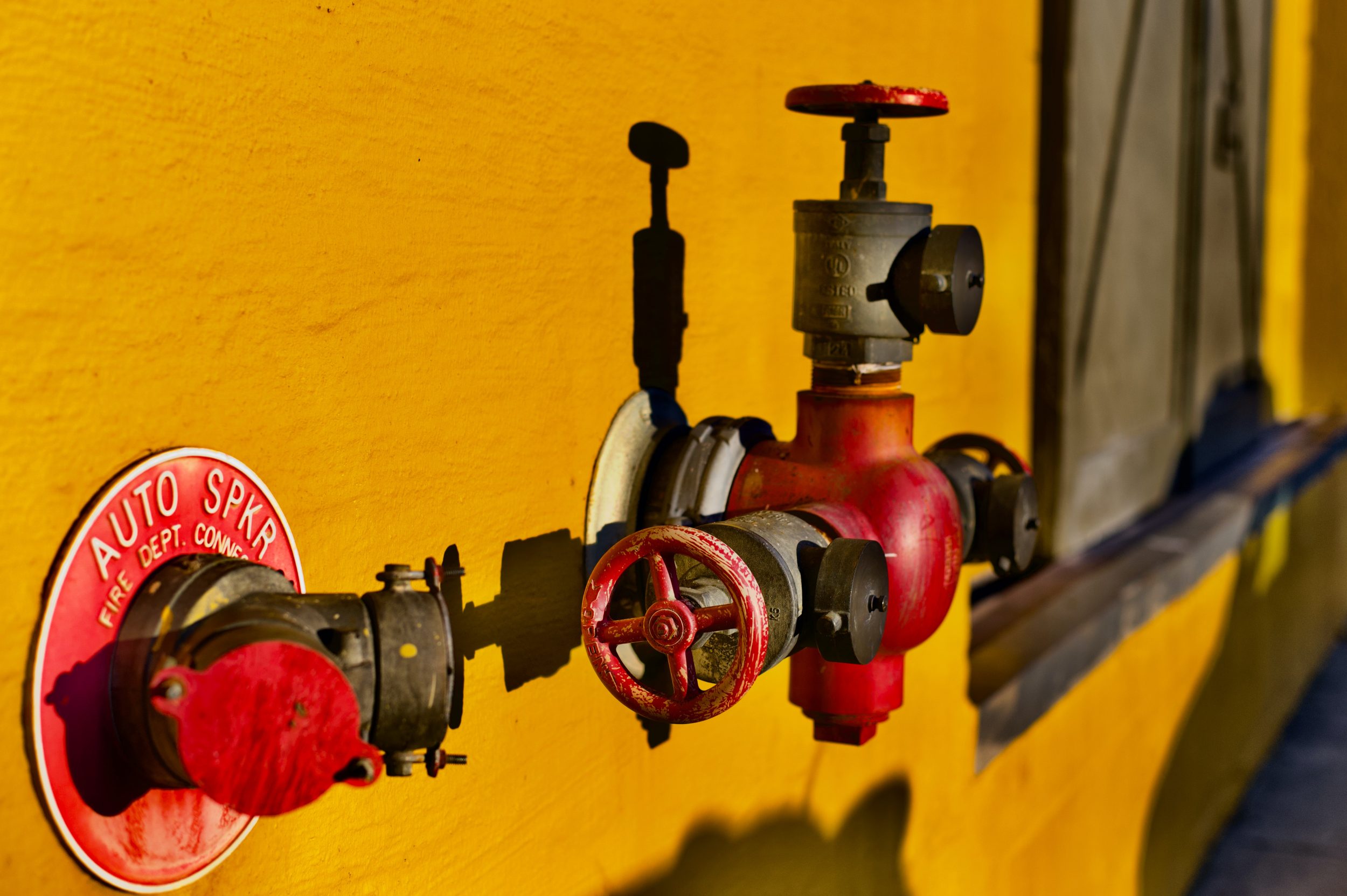When picking a boiler, it is important to understand the different types of boilers and which boiler is the right choice for your home. There are 3 main types of boilers:
- Combi Boiler
- Heat Only Boiler
- System Boiler
Whether you are replacing your current boiler due to its age or needing a boiler system that can meet your demands you should always understand what makes each boiler different before deciding. if you choose a boiler bigger than your needs you could see an increase in bills due to the increase of energy that you may not need nor afford.
Heat only Boiler
What is a heat-only boiler?
Heat-only boilers, also referred to as open vent system boilers, or regular conventional boilers, are usually found in properties that are large or require a higher demand for hot water need to multiple bathrooms or for two or more showers at the same time.
A heat-only boiler uses numerous controls to distribute hot water throughout the home including valves, pumps, and tanks. Compared to a Combi boiler, heat-only boilers are bulky and require a hot water cylinder, cold water tank (usually stored in the loft), pumps to circulate the water, and an expansion tank maintains the levels of water needed for the heating system.
If you require the need for multiple taps or bathroom facilities to be used at the same time or your home is large in size with a number of people living in the home then a heat-only boiler would be beneficial for your home. We stock a range of heat only boiler parts including baxi heat-only boiler parts which means if your boiler ever has an issue you will be able to easily replace the required boiler part instead of replacing the whole system.
System Boiler
What is a system boiler?
System Boilers are very similar to Heat Only Boilers however there is a big difference between how both boilers function. System Boilers also require external systems and controls such as a water cylinder for storage however, they differ from a regular boiler as the system boilers system uses a pressurised heating circuit which is topped up by mains water, unlike a heat-only system which uses a feed and expansion tank.
A System boiler can deliver a high volume of heated water to multiple taps just like a heat-only system however, a system boiler can utilise the water supply from the mains directly without requiring a cold water tank, making it a more compact system than a heat-only system.
Combi boilers provide hot water on demand, whereas, systems boilers have a cylinder to provide hot water for later use. If you only have one bathroom you may opt for a combi boiler but if you have multiple bathrooms and a large household you should opt for a system boiler as system boilers have the capacity to store water for a period of time, allowing the system to easily manage numerous heated water facilities and functions at once in including radiators and taps. We supply a range of boiler parts for systems boilers including Vaillant system boilers and Ideal boiler systems.







